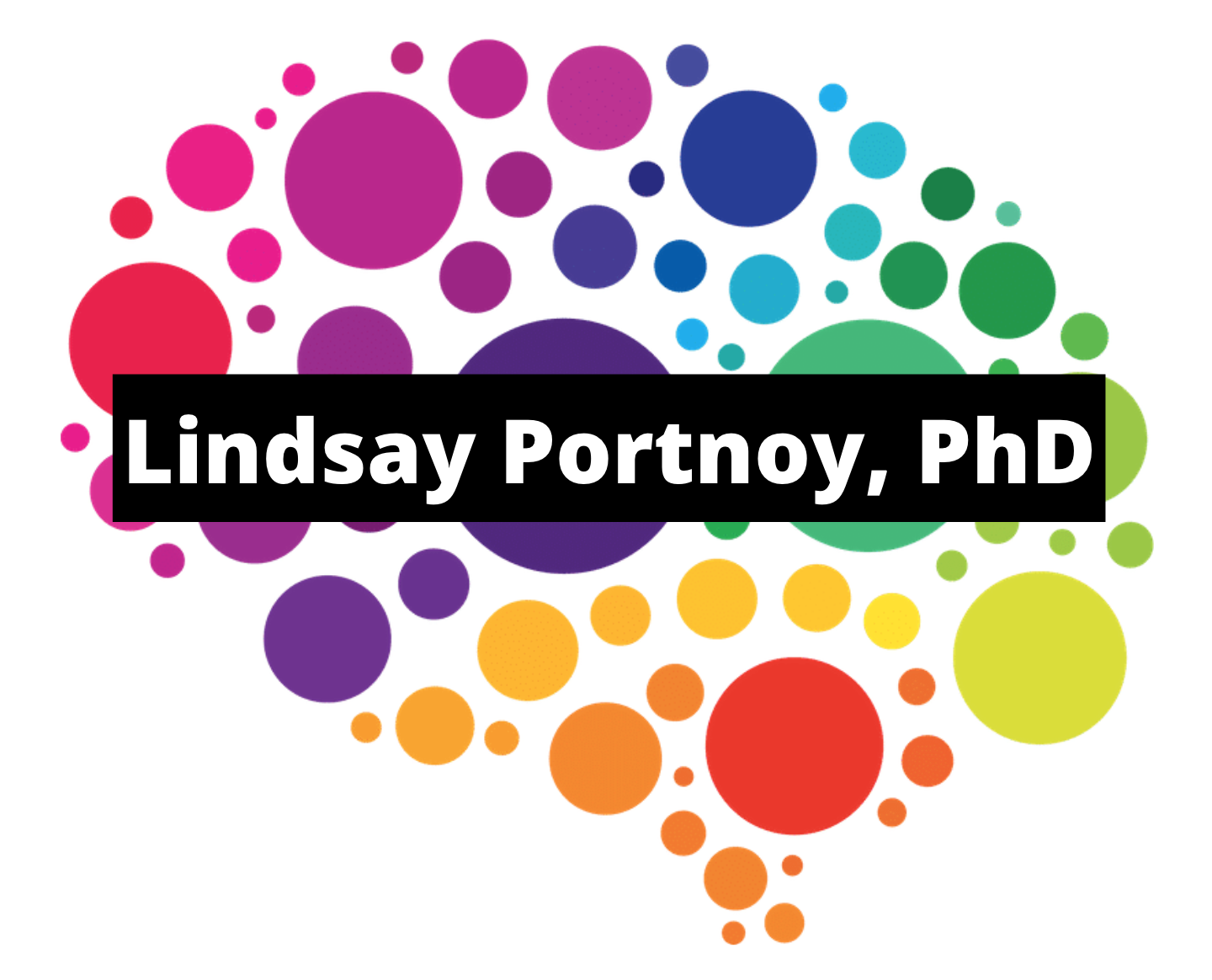Below are images aligned to my Designed to Learn framework for you to use and share in co-creating more inspired learning in your space beginning today!
Hearts before heads. Using the acronym HEARTS, I share my method for understanding our learners hearts before we can begin educating their heads.
Use this sketchnote as a prompt when asking learners about lived experiences and to connect each dynamic individual to the exciting learning in your space. Download here or click the image.
Educator and student roles in design thinking. Chapter 2 includes a step by step process for translating existing content into co-created design thinking experiences. I’ll ask you to dig deeper and consider how your students become stewards of their own learning. Download here or click the image.
Feedback for growth. Design thinking emphasizes feedback for growth. This image is ideal for sharing with learners to scaffold the way they give and receive the most specific and useful feedback. It’s a difficult start as many students have just been given the wheel to a car they’ve only ever seen from the backseat. Download here or click the image.
Feedback for future. Feedback is what fuels learning. In the book we explore the feedback we give through three cognitive processes: self-regulation, metacognition, and epistemic beliefs. Self-regulation is planning, monitoring, and assessing your learning. Metacognition is knowing when you ‘know’ the content you are learning. And epistemic beliefs are each individual’s beliefs about knowledge and knowing specific to a content area or even a way of learning. These questions are a great primer to get started in your learning space. Download here or click the image.
A logic model for design thinking classrooms. Creating a prototype and testing your creation is another exciting aspect of the design thinking process and is even more powerful when driven by a logic model. Woven within each element of my Designed to Learn framework are countless formative tools that drive continuous feedback to learners. Use this logic model for a concrete way to show how elements are continuously scaffolded throughout the design thinking process. Download here or click the image.
Design thinking flowchart. Iteration and reflection are baked into each aspect of my Designed to Learn framework for applying design thinking in learning spaces. These questions are a simple and powerful guide that will help your learners reflect during each element of the design thinking experience. Download here or click the image.
Application process future model. Communication is one of our greatest gifts and common challenges as humans. I believe that one reason for this is that we don’t follow a single line of inquiry but often compound our questions, concerns, and confusions. I created the Application Process Future Model to help you and your learners follow one single line of inquiry from the application, to the process you used in implementation, and lastly to the future where the power of self-regulation invites you to plan, monitor, and assess thinking towards the future. Download here or click the image.







